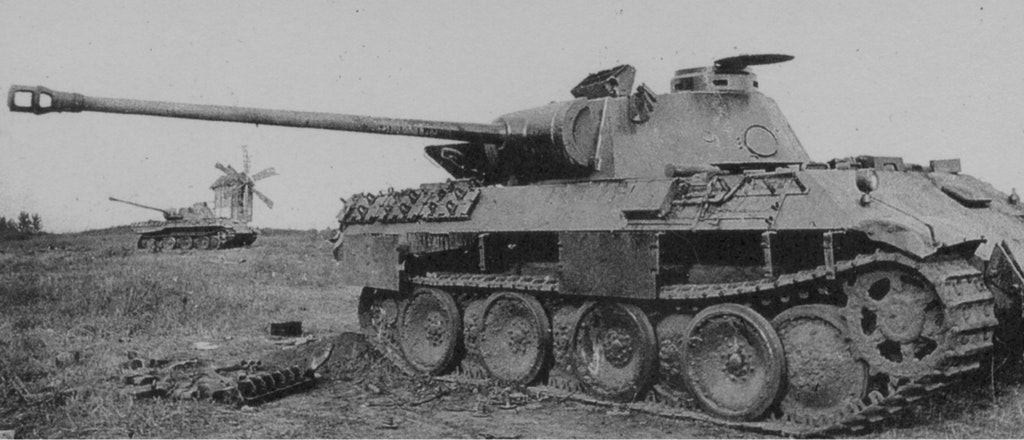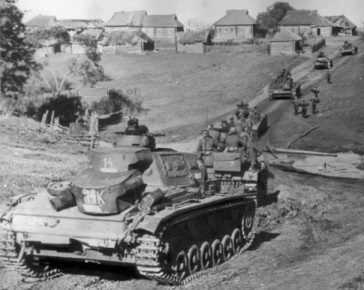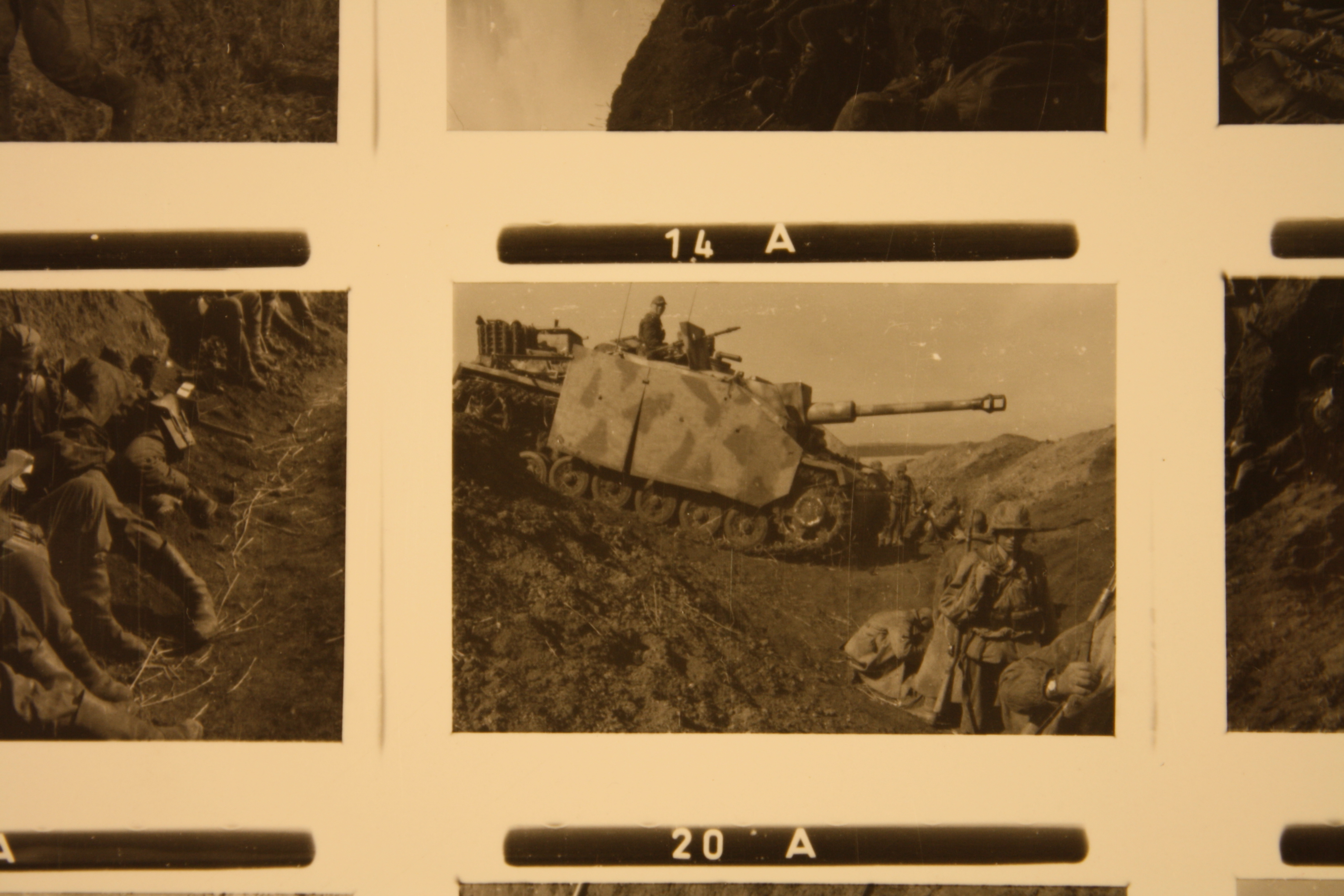In a previous post, I presented information on the actions of the I./Pz.Rgt. 26 Panther battalion in January 1944.
Panther Breakdowns In January 1944
During late January and February, the battalion had usually been attacking. In March, it found itself embroiled in defensive fighting. This would show up in its losses. On 1 February, it reported 30 operational Panthers and 8 in workshops. No less than 24 had been sent off by train for more extensive engine repairs. Eleven Panthers had been irrevocably lost in combat (five due to hits that caused permanent damage, five had been damaged but could not be recovered and one had suffered an accident and could not be recovered). Two Panthers had been lost to engine room fires during march.
The battles fought 1-20 February only cost the battalion one Panther destroyed by enemy action (burned out due to AT round hit). Also, one more Panther spontaneously caught fire in the engine room and burned out. In the same period, no less than 97 Panthers were repaired by the workshop units, a very high damaged to destroyed ratio. Note that these repairs are due to combat damage as well as non-combat damage.
On 12 February, 20 Panthers were operational, 25 in workshop and 14 were to be recovered from various locations.
From 21 February, the battalion shifted to defensive operations and would retreat. This would lead to an increasing number of tanks being irrevocably lost. On 6 and 7 March, eight Panthers were blown up by the battalion. Of these only two had been damaged by enemy fire. The remaining six suffered from mechanical breakdowns.
The report (I./Pz.Rgt. 26 “Zusammengefasster Bericht über Panzerlage”) gives causes for each Panther being put out of action these days. It is clear that of 15 Panthers put out of action 5-7 March, only three had been hit by enemy fire and it seems that none received irreparable damage.
The battalion continued to retreat and on 8 March two Panthers were cannibalized for parts and subsequently blown up. These two (numbers 132 and 332) had not been knocked out by the enemy. They had simply got stuck in the terrain, one of them had also damaged a final drive. Lack of towing vehicles meant that they could not be recovered.
Late on 8 March it was decided to blow up another three Panthers, all of which had technical problems but could not be recovered in time, due to lack of towing vehicles and mounting enemy pressure.
On 9 March, another six Panther were blown up. Three had been hit by enemy fire, but as they were blown up, it seems unlikely that they had received terminal damage before being blown up. Finally, on 14 March two more Panthers were blown up. They both had technical damage.
After the actions in the Uman–Zvenigorodka area, the battalion retreated southwest, to the Kishinev–Balta area. During the retreat, another 19 Panthers were blown up, none of which had been damaged by enemy fire. Instead, demolition was carried out because vehicles had crashed off bridges, suffered technical damage, got stuck in the terrain, but could not be recovered in time before enemy pressure got to strong.
Despite these problems, the repair services repaired 41 Panthers in the period, which indicates that they worked hard.
During the first three months of 1944, the I./Pz.Rgt. 26 lost 60 Panthers irrevocably. Of these 37 were blown up without being damaged by the enemy. Four destroyed themselves by engine room fires. This left 19 being hit by enemy fire. Of these, its seems only 7 were actually destroyed by the hits received.
It seems clear that enemy fire was not the main cause of losses. As long as the Germans could recover damaged tanks, and had spare parts, few total losses occurred. Also, it is obvious that tanks were put out of action mainly by other causes than enemy fire. However, advancing Soviet ground units had much to do with the German tank losses, as such action could prevent recovery and force the Germans to blow up otherwise repairable tanks.
I have previously encountered claims that the Germans kept destroyed tanks on the rosters and thereby their true losses would appear smaller than they actually were. That notion finds no support in the very detailed war diary of the I./Pz.Rgt 26. I cannot find one single such case in the three months I have studied. Instead, it is clear that they far more often had to blow up perfectly repairable tanks.
During the three months discussed here, the workshops of the battalion repaired well over 200 Panthers, perhaps as many as 300, which can be contrasted to only about 7 being directly destroyed by enemy fire. This shows that it can be very problematic to infer tank losses from changes in the number of operational tanks from one time to another. Also, it shows the importance of controlling the terrain after the action has been fought.
All information is from the war diary, with annexes, of the I./Pz.Rgt. 26 (Bundesarchiv-Militärarchiv, RH 39/599).







